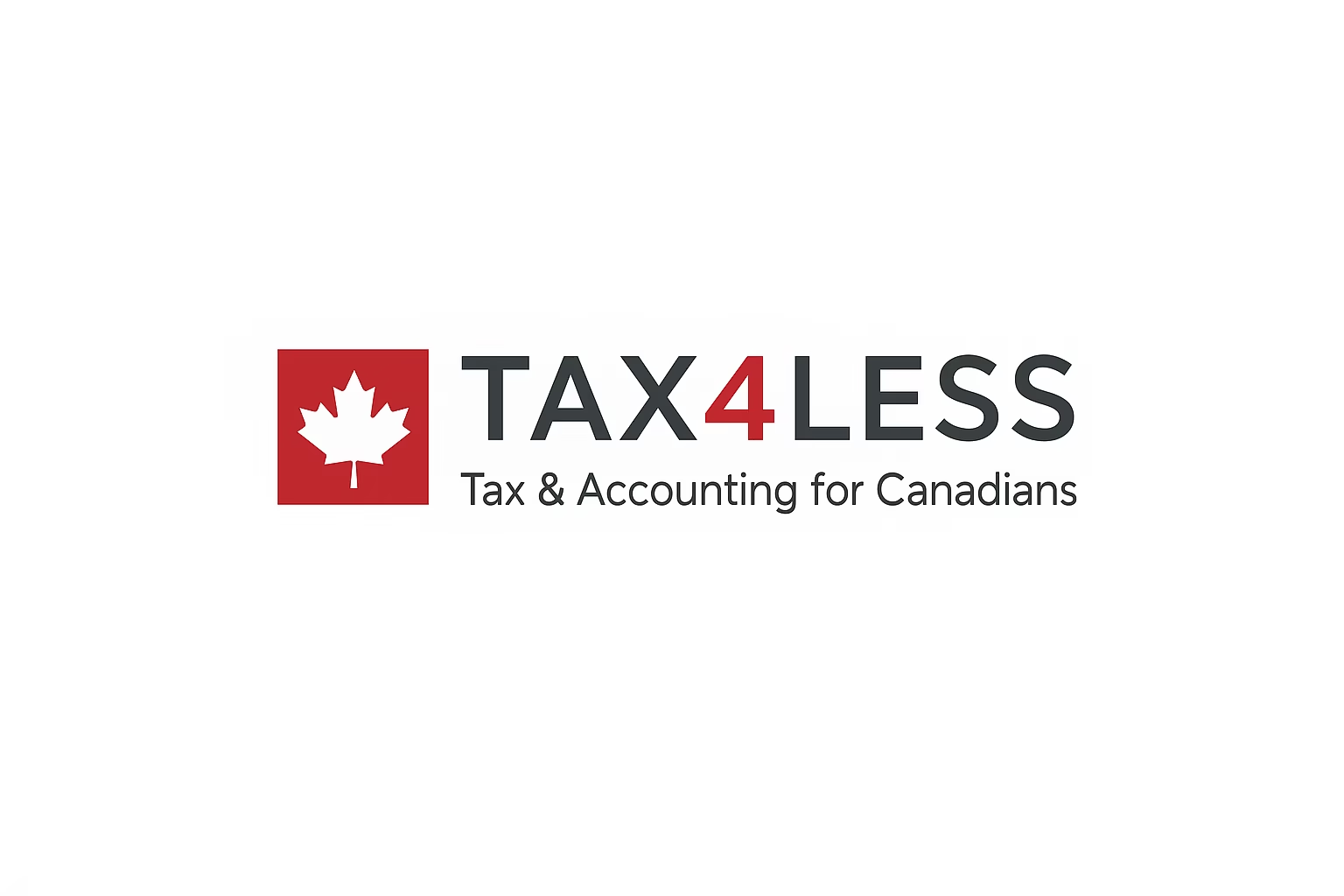Mastering Financial Stability: The Art of Cash Flow Forecasting
Introduction:
Cash flow forecasting is a cornerstone of financial management that empowers businesses to navigate the dynamic ebb and flow of their financial resources. By projecting future inflows and outflows, companies can anticipate liquidity needs, make informed decisions, and ensure sustainable financial health. In this article, we explore the significance of cash flow forecasting, the benefits it offers, and how businesses can master this essential financial art.
The Significance of Cash Flow Forecasting:
- Proactive Decision-Making: Cash flow forecasting enables businesses to be proactive rather than reactive. By predicting future cash positions, organizations can make informed decisions about investments, expenses, and strategic initiatives. This foresight is invaluable in maintaining financial stability.
- Liquidity Management: Understanding the timing and amount of incoming and outgoing cash allows companies to manage their liquidity effectively. This is crucial for meeting short-term obligations, seizing investment opportunities, and weathering unforeseen financial challenges.
- Strategic Planning: Cash flow forecasts play a pivotal role in strategic planning. Whether a business is looking to expand, launch a new product, or weather economic uncertainties, accurate cash flow projections provide the foundation for sound decision-making and resource allocation.
- Credit Management: For businesses that extend credit to customers, cash flow forecasting is instrumental in managing credit terms and collections. It helps identify potential late payments and allows for proactive measures to ensure timely receipts.
Creating an Effective Cash Flow Forecast:
- Sales and Revenue Projections: Begin the cash flow forecasting process with accurate sales and revenue projections. Consider market trends, customer behavior, and historical data to create realistic estimates. This forms the basis for predicting incoming cash.
- Expense Analysis: Thoroughly analyze and categorize all anticipated expenses. This includes both fixed and variable costs. By breaking down expenses by category, businesses gain a clear understanding of where their money is going and can identify areas for potential cost savings.
- Incorporate Contingencies: Building contingencies into the cash flow forecast accounts for unexpected events that can impact finances. Whether it’s a sudden increase in expenses or a delay in receiving payments, having a buffer ensures financial resilience.
- Regular Monitoring and Adjustment: A cash flow forecast is not a one-time exercise; it requires regular monitoring and adjustment. Compare actual cash flow against projected figures and update forecasts accordingly. This iterative approach ensures that the forecast remains relevant and actionable.
Benefits of Effective Cash Flow Forecasting:
- Improved Decision-Making: Accurate cash flow forecasting provides the data needed for strategic decision-making. Businesses can confidently invest in growth opportunities, manage expenses, and allocate resources efficiently.
- Enhanced Creditworthiness: Timely payments and effective credit management, facilitated by cash flow forecasting, contribute to a company’s positive credit profile. This, in turn, enhances its ability to secure favorable financing terms.
- Financial Stability and Resilience: Businesses that master cash flow forecasting are better equipped to navigate economic uncertainties and financial challenges. The ability to foresee and mitigate cash flow issues ensures stability and resilience.
Conclusion:
Cash flow forecasting is not just a financial exercise; it’s a strategic tool that empowers businesses to navigate the complexities of the business landscape. By mastering the art of cash flow forecasting, organizations can achieve financial stability, make informed decisions, and position themselves for sustained success in an ever-changing marketplace.
